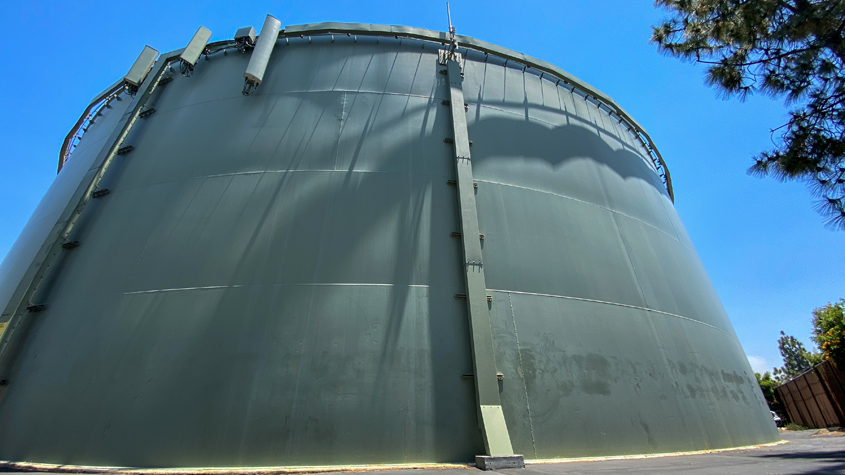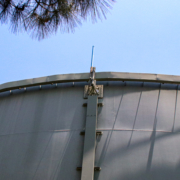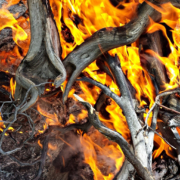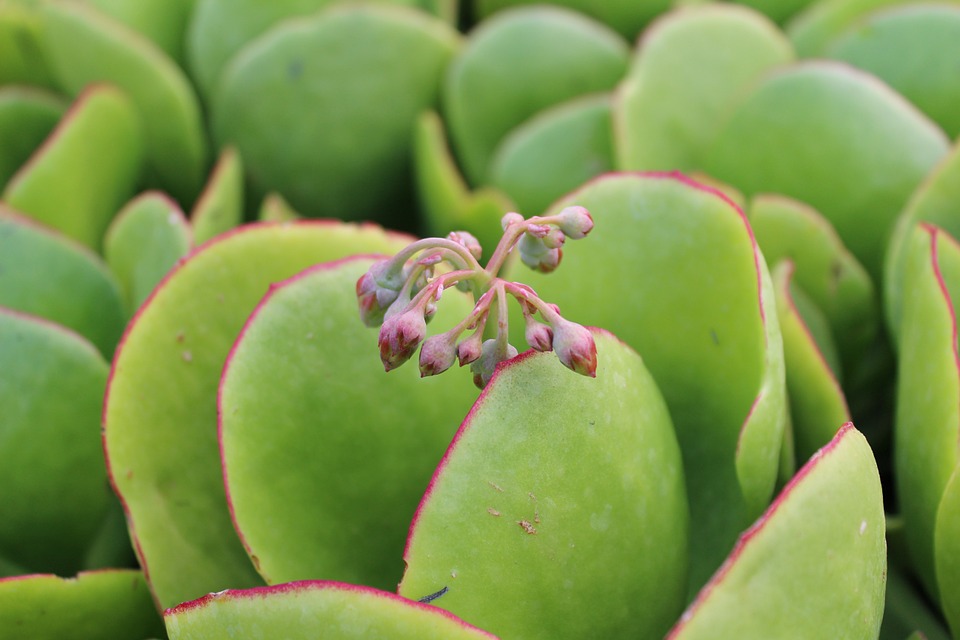New Helix Water District Connection Improves Emergency Communication
East San Diego County firefighters and first responders will be better prepared to respond to emergencies due to improved communication capacity through a new partnership with the Helix Water District. The Heartland Communication Facility Authority recently installed a new radio repeater on Helix Water’s Calavo tank, located near Mt. Helix.
“When public agencies work together to improve the lives of our citizens, everyone benefits,” said Helix Board President Mark Gracyk. “We are delighted with the outcome and are very proud to participate in making East County a safer place to live.”
Heartland’s goal is to provide its customers with the highest quality of public safety communications services. Heartland provides public safety communication services to 13 fire agencies throughout East San Diego County. It uses a universal radio system – known as a VHF radio – to communicate with fire agencies and first responders.
New radio repeater improves public safety

Though reliable, the hilly terrain of East County can interfere with VHF radio communications. Diagram: Helix Water District
Though reliable, the hilly terrain of East County can interfere with VHF radio communications. As part of its effort to improve communication in El Cajon and Spring Valley, it needed a suitable location to install a radio repeater between the two communities. The Calavo storage tank was ideally positioned to play home to the new repeater. Heartland approached Helix to work out an agreement.
“Heartland Communications Facility Authority knows the needs of our local emergency communication infrastructure,” said Dan McMillian, Helix Water District board member. “When Heartland approached Helix, our board saw this as an opportunity for our two agencies to work together for the benefit of the communities that we serve.”
“The addition of a radio repeater on the Calavo Drive water tank will allow firefighters from throughout the state who respond to the East County to communicate with each other and the dispatch center using this repeater,” said Carlos Castillo, Director of Heartland Communications. “Communications are an integral part of the firefighting effort in suppressing wildland fires, and firefighter safety relies on an effective communication infrastructure.”
Project completed prior to anticipated 2020 wildfire season

Improvements at the Calavo site included installing a new radio repeater and a four-foot antenna at the top of the tank. Photo: Helix Water District
Construction started in March 2020 and was completed in June 2020. Improvements at the Calavo site included installing a new radio repeater and a four-foot antenna at the top of the tank. As part of the project, San Diego Gas and Electric installed a new electric service and meter at the site so Heartland’s equipment can operate independently from Helix’s pumps and monitoring equipment.
“Heartland Communications would like to thank Helix Water District for allowing us to install our VHF repeater on their water tank,” said Castillo. “This collaboration between Helix and Heartland is a win-win for the fire service and the community. It will provide the critical communications infrastructure needed to enhance public safety.”
The Heartland Communication Facility Authority provides emergency communication services for its member agencies, which include Alpine Fire, Bonita Fire, San Miguel Fire, City of El Cajon, City of La Mesa, City of Lemon Grove, Lakeside Fire, City of Santee, Barona Fire and Viejas Fire.
The Helix Water District treats and delivers water to 277,000 people in La Mesa, El Cajon, Lemon Grove, and parts of Spring Valley, Lakeside, and unincorporated San Diego County.





